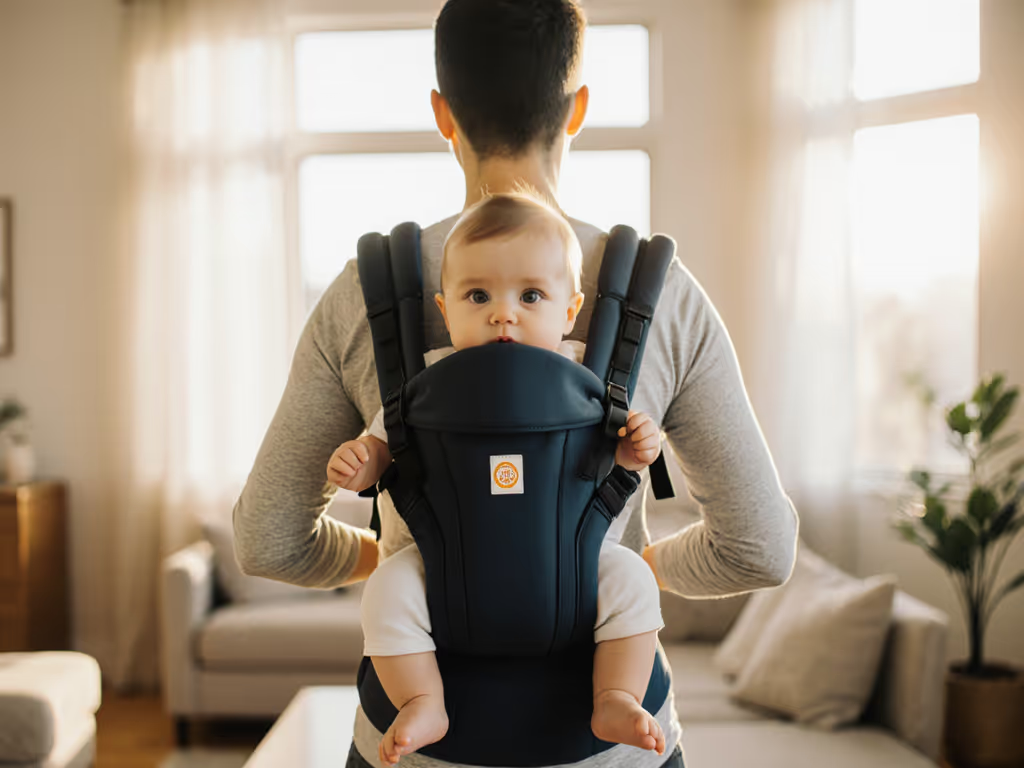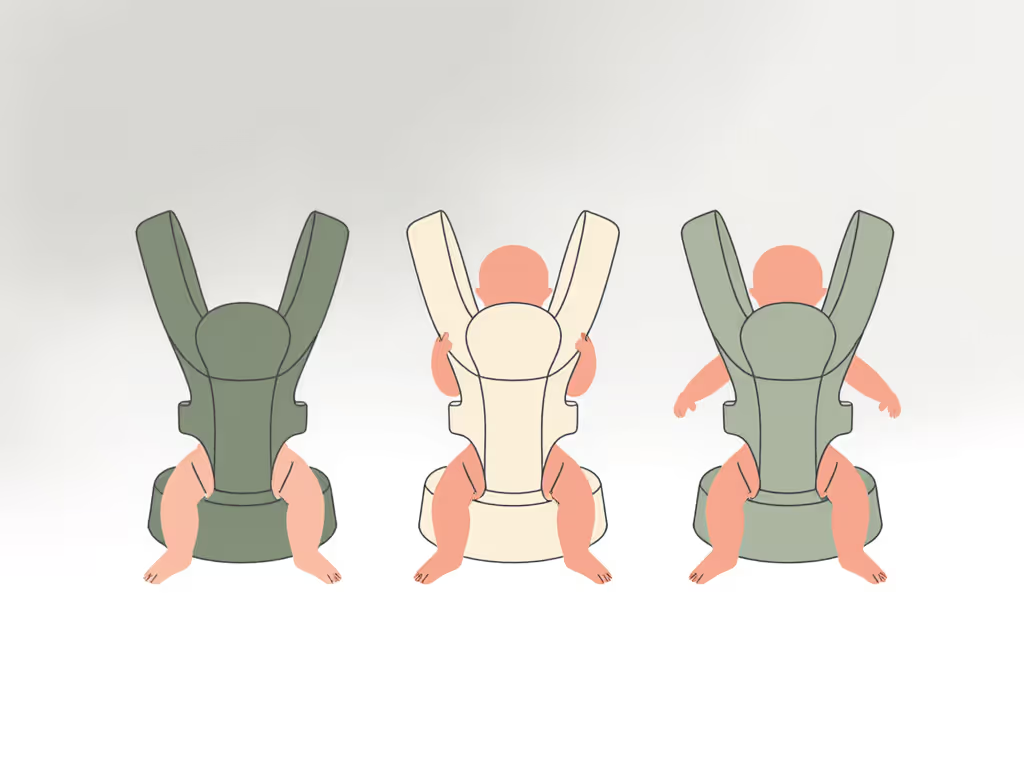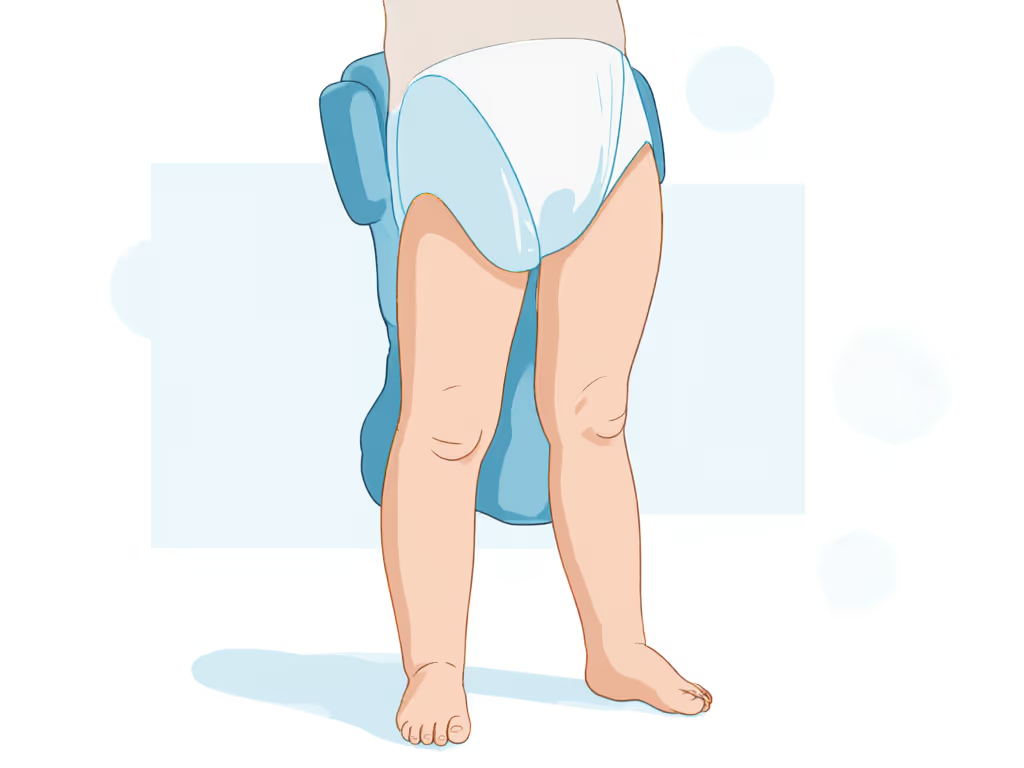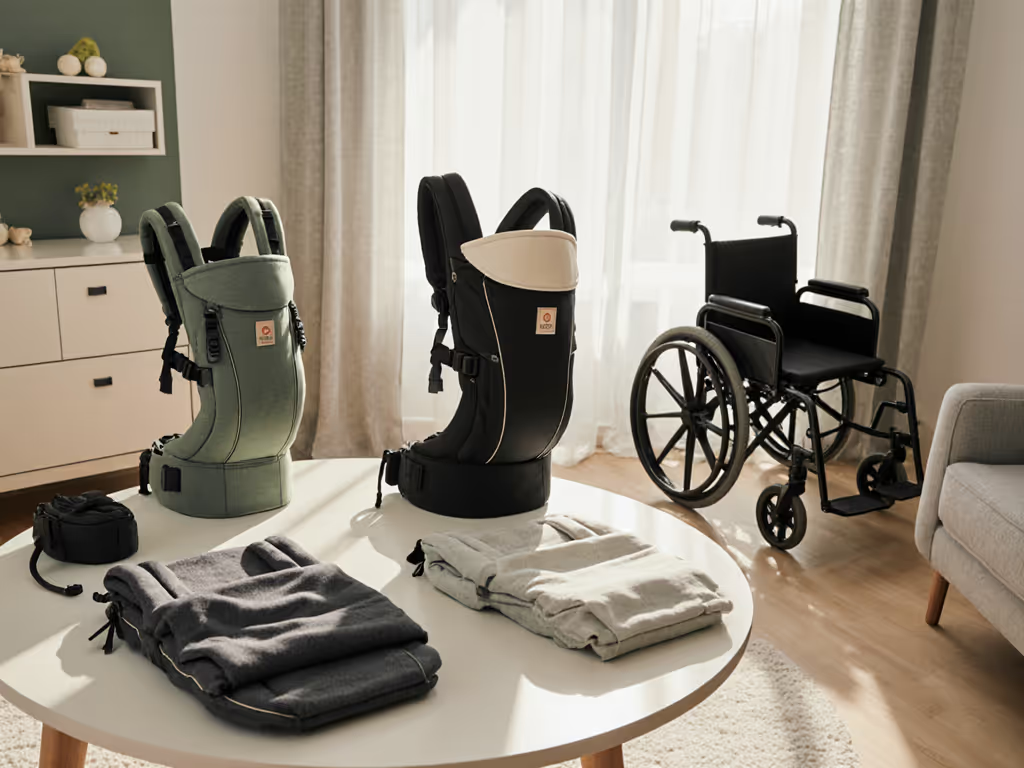
Forward Facing Baby Carriers: Safety Compared

When you're searching for the right forward facing baby carriers for your growing family, you're navigating more than just product features; you're weighing developmental needs, physical comfort, and legitimate safety questions. As a posture specialist who's worked with caregivers across all body types and mobility needs, I understand why the baby carriers facing out comparison often feels overwhelming. That grocery run with my newborn three weeks postpartum taught me a vital truth: when your carrier fits you, your baby settles faster. I measured panel height and seat width that afternoon, then repeated the trip with a properly adjusted carrier, and within ten minutes, my back ached less and my posture improved. This experience solidified my approach: comfort is a posture achieved, not a promise on packaging.
Why Forward Facing Feels Complicated
You've likely encountered conflicting advice about forward facing. Some experts declare it unsafe, while others swear by it. This confusion stems from real concerns about infant development and caregiver comfort. Forward-facing positions aren't inherently dangerous, but they require specific developmental readiness and precise positioning that varies significantly between carriers and body types.
The core tension you're experiencing is understandable: you want your baby to share your view of the world while ensuring their developing spine and hips remain supported. For step-by-step hip-safe positioning, see our M-position babywearing guide. This isn't just about your baby's comfort (it's about yours too). Many caregivers I've worked with report shoulder strain and back pain when using forward-facing carriers that don't accommodate their torso length or distribute weight properly.

The Safety Debate: What Research Actually Tells Us
Let's address the elephant in the room: is forward facing safe? The evidence-based answer requires nuance. Limited research suggests that forward-facing positions are safe for short durations when babies meet specific developmental milestones:
- Head and neck control: Your baby should hold their head steady without support during movement (typically around 4-5 months)
- Proper height: Your baby's chin must sit completely above the carrier panel
- Hip positioning: Knees should remain higher than hips in a seated "M" position
This isn't a one-size-fits-all recommendation. I've worked with preemies who needed extra neck support beyond standard age guidelines, and tall infants who met height requirements before developing sufficient neck strength. The baby carrier facing out controversy often overlooks these individual variations, creating unnecessary anxiety.
Forward-facing positions become problematic when:
- Used before babies have adequate head control
- Extended beyond 20-30 minute intervals
- Allowing legs to dangle straight down (reducing hip support)
- Ignoring signs of overstimulation (turning away, fussing, arching back)
One critical safety factor many parents miss is airflow. When facing outward, babies can't tuck their chin to their chest if fatigue sets in (this compromises airways more easily than inward-facing positions). Never let your baby sleep in a forward-facing carrier; the compromised airway position becomes dangerous when they're asleep.
Your Practical Forward-Facing Safety Checklist
Rather than debating absolutes, let's focus on actionable steps you can take today. These babywearing facing parent vs out guidelines apply regardless of your body type or carrier choice:
Comfort carries competence (when your posture stays neutral and your baby's position remains supported, both of you benefit from the connection).
Developmental Readiness Checklist:
- Baby holds head steady during walking movements (test while holding them)
- Baby's chin sits completely above carrier panel when positioned
- Baby shows interest in surroundings (turns head toward noises/movement)
Positioning Safety Checklist:
- Baby's knees sit higher than hips in a supported "M" position
- Carrier fully supports baby's bottom from knee to knee
- Baby's back maintains natural curve against your chest
- You can easily see baby's face without leaning forward
Duration & Monitoring Checklist:
- Limit forward-facing to 20-30 minute intervals
- Watch for overstimulation cues (turning away, arching, fussing)
- Always switch to inward-facing position when baby shows fatigue
- Never use forward-facing position for sleep
I've seen many caregivers (especially those with shorter torsos or larger chests) struggle with carriers that force them into hunched positions. If you feel yourself leaning backward to compensate for forward-pulling weight, the carrier isn't distributing weight properly (regardless of what the packaging claims).
Comparing the Top Forward-Facing Options
When evaluating best forward facing carrier options, consider these often-overlooked factors that impact both safety and comfort:
Weight Distribution Design
- Look for carriers with padded, adjustable waistbands that sit at your natural waist (not hips)
- Shoulder straps should cross in the back with load-bearing capacity at the waist
- Avoid narrow-base carriers that concentrate weight on shoulders
Adjustability for Body Diversity
- Micro-adjustable straps accommodate different torso lengths
- Panel height should accommodate various chest sizes without compromising head support
- Waistbands should fit snugly without digging (often challenging for plus-size bodies)
Hip Support Verification
- Test whether the carrier maintains "M" position when baby moves
- Check if padding compresses under baby's thighs during wear
- Ensure knee-to-knee support remains consistent as baby grows
From my work with diverse caregivers, I've found structured carriers generally provide better support for forward-facing than soft-structured or stretchy wrap options. The Tula Explore and Ergobaby Omni series stand out for their adjustable panel heights and secure leg positioning, features that directly address the safety concerns mentioned in research.
Making It Work for Your Unique Body
Your comfort directly impacts your baby's safety. When caregivers experience pain or strain, they're more likely to make positioning mistakes or cut wearing sessions short. Consider these body-specific adjustments:
For Shorter Torsos:
- Opt for carriers with panel height adjustment (look for 12-15" range)
- Position waistband higher (at natural waist) to create more torso clearance
- Use the "low back" carry position even when forward-facing to reduce strain
For Larger Chests:
- Choose carriers with narrower shoulder strap spacing
- Adjust panel height so baby sits above breast tissue
- Use "high front" positioning to maintain clear airways
For Back or Shoulder Pain:
- Prioritize carriers with lumbar support extensions
- Ensure 70-80% of weight transfers to hips (not shoulders)
- Use the "tighten as you go" method: waistband first, then shoulder straps
Remember that babywearing facing parent vs out isn't just about direction (it's about how the carrier interfaces with your body mechanics). I've had caregivers with hypermobility report significant pain reduction simply by adjusting strap tension to prevent joint overextension.

Your Forward-Facing Action Plan
Rather than searching for a perfect "forever" carrier, implement this phased approach that respects both developmental needs and your physical comfort:
Phase 1: Preparation (2-3 months before trying forward-facing)
- Practice inward-facing carries until both you and baby are comfortable
- Measure your torso length and baby's hip width for proper sizing
- Research carriers with adjustable panels and micro-adjust straps
Phase 2: Introduction (4-5 months, when baby shows readiness)
- Start with 5-10 minute intervals in quiet environments
- Use the developmental readiness checklist before each session
- Position yourself near a mirror to monitor posture
Phase 3: Integration (5-9 months, as baby develops)
- Gradually increase to 20-30 minute intervals in more stimulating environments
- Alternate with hip and back carries to reduce repetitive strain
- Watch for signs you need to switch positions sooner (leaning, discomfort)
Phase 4: Transition (9-10 months, as baby outgrows)
- Shift to hip or back carries for longer outings
- Use forward-facing only for specific short excursions
- Consider switching to toddler-specific carriers that support proper positioning
Find Your Confidence in Every Carry
The confusion around forward facing baby carriers often stems from oversimplified safety claims that ignore individual variation. By focusing on developmental readiness, proper positioning, and your physical comfort, you can safely incorporate this carrying position when it makes sense for your family.
Remember that comfort isn't just a luxury (it's foundational to safe babywearing). When your posture stays neutral and your body feels supported, you're better equipped to notice subtle cues from your baby and respond appropriately. Comfort carries competence in every adjustment you make, every position you try, and every moment you share with your little one.
Take this actionable next step today: spend five minutes assessing your current carrier with the developmental readiness checklist. If anything doesn't align, consider reaching out to a certified babywearing consultant who can observe your specific fit (many offer virtual consultations that accommodate your schedule and privacy needs). Your journey to confident, comfortable babywearing starts with this small step toward understanding what truly works for your body and your baby.



